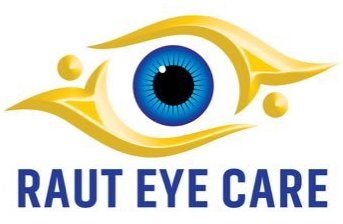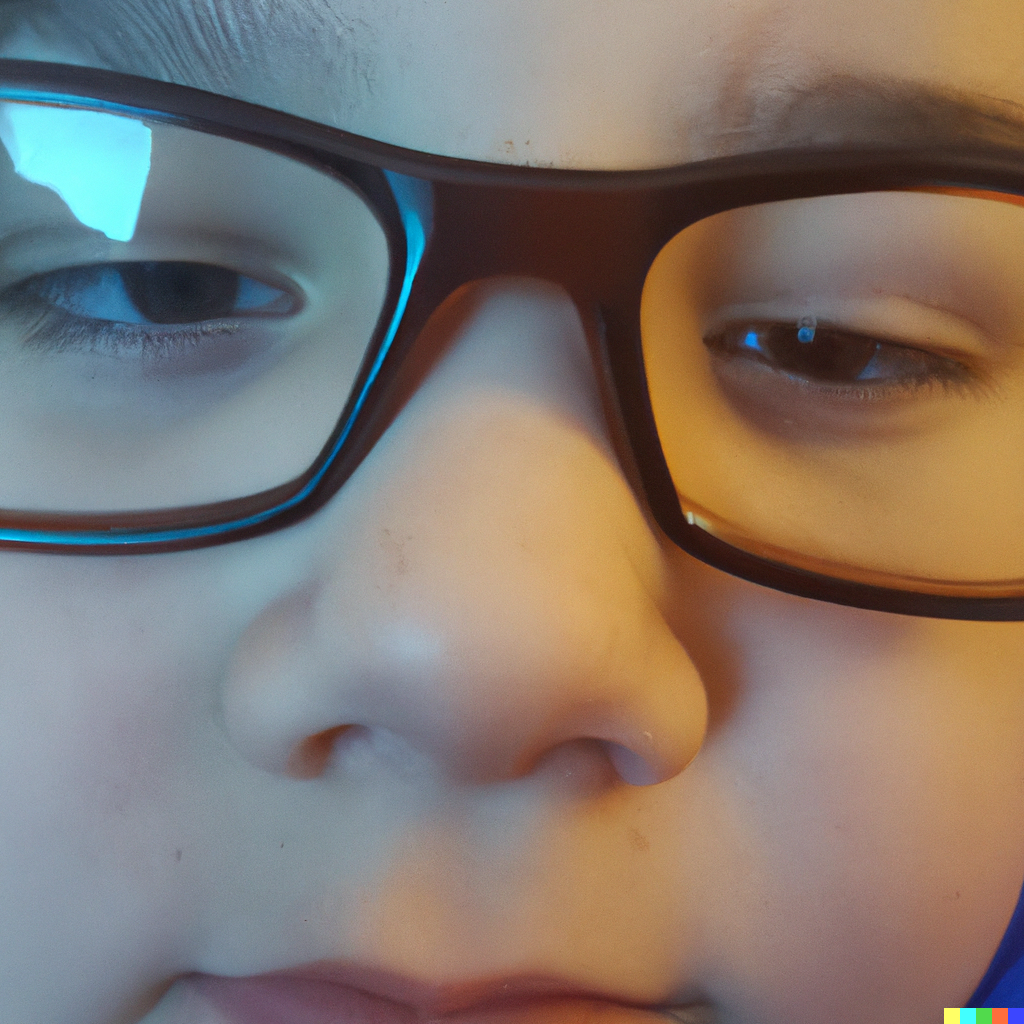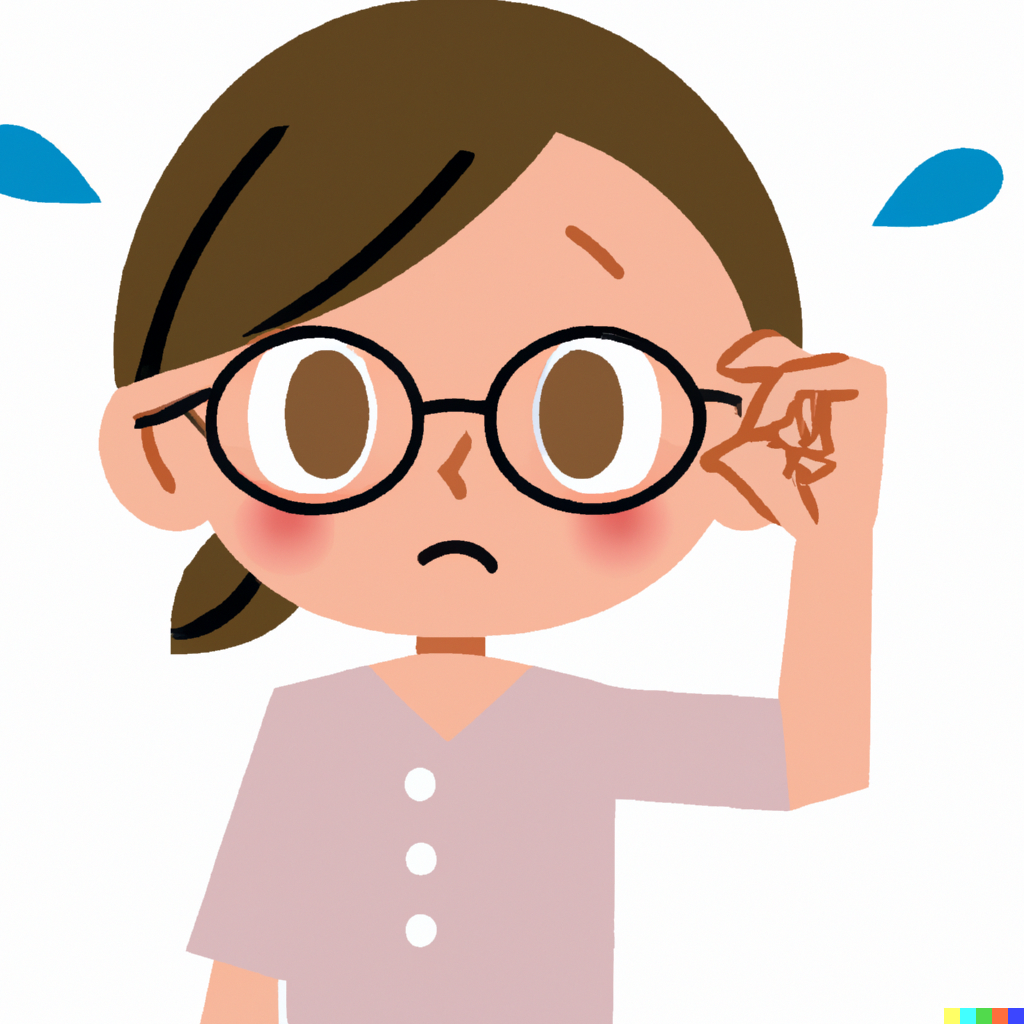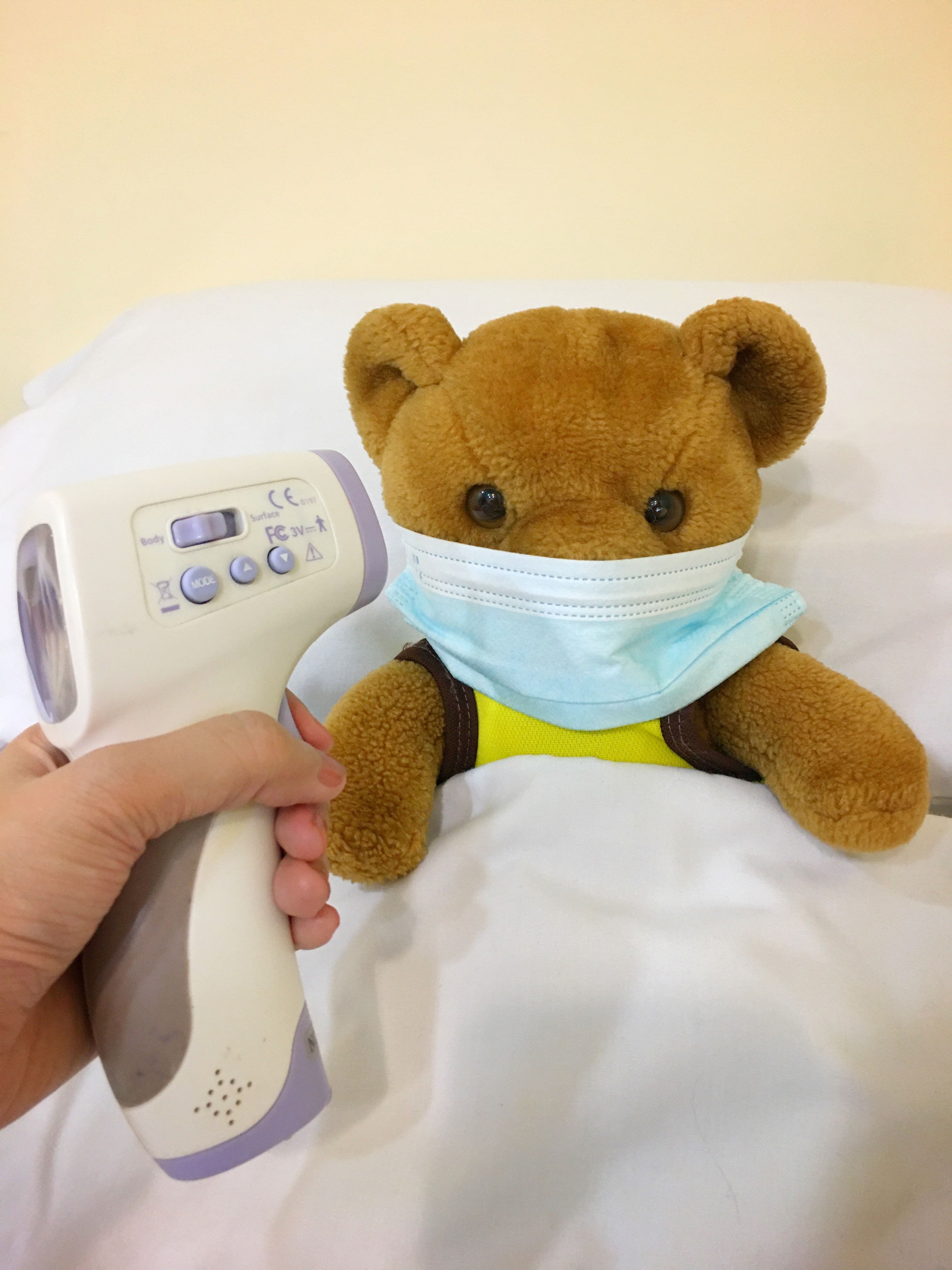| Introduction: |
| What is amblyopia? |
| Causes: |
| Symptoms: |
| Diagnosis and Treatment |
| Conclusion |
| Links for accessing this page |












Amblyopia is a common vision disorder that affects many 5-year-old children. Early detection and prompt treatment play a vital role in managing the condition effectively. Parents and caregivers should remain vigilant for signs of amblyopia and ensure regular eye check-ups for their children. With timely intervention, the majority of children can achieve significant improvements in their visual acuity and overall eye health.
Amblyopia treatment pune
